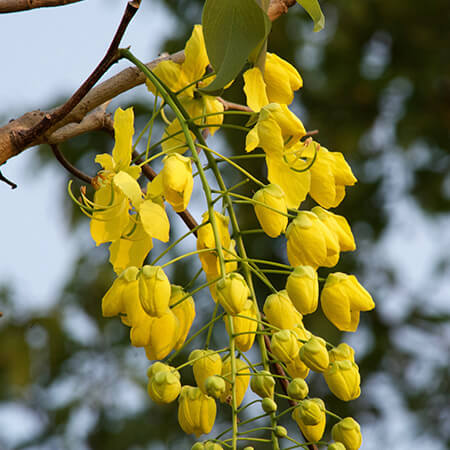-
About Us
button

Dabur India Limited is a leading Indian consumer goods company with interests in Hair Care, Oral Care, Health Care, Skin Care, Home Care and Food & Beverages.
-
Our Brands
button

Dabur presents a range of Herbal & Ayurvedic Personal Care products, created to make you look and feel good. Bringing together the gentle touch of nature and Ayurveda's wisdom .
-
Investors
button

Read our recent and archived releases, quarterly results, annual reports and financial statements. Initiatives Investor Centre.
-
Newsroom
button

Welcome to Dabur Media Centre. In this section, you’ll find our latest Press Releases arranged in a chronological order. The Press Releases have been further
-
Ayurveda & you
button

Our curated Collection of Ayurvedic knowledge for you. We at Dabur are working towards helping people lead a healthy and balanced life.
-
Sustainability
button

Dabur has been engaged in community development activities since 1994 and is committed to making a positive contribution to the communities where we source, live, work and sell our products.
-
Join Us
button

At Dabur, we are very passionate about winning and this has been engrained in DNA of the organization.
-
Support
button
- Home > Ayurveda & you > Ayurveda & Science > Ayurvedic & Medicinal Plants
Ayurveda and Science
Mandukaparni/मण्डूकपर्णी/Gotu Kola/Centella asiatica
AYURVEDIC & MEDICINAL PLANTS
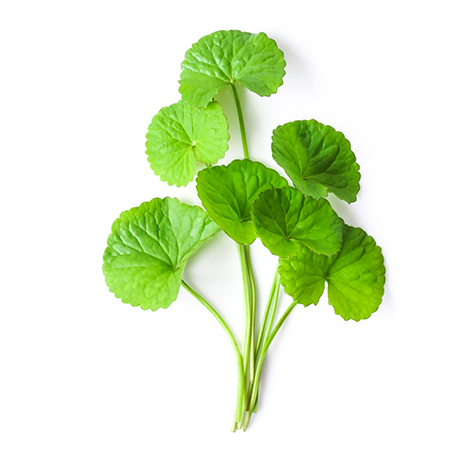
Centella Asiatica Medicinal Uses
Mandookaparni is used as a "Medhya Rasayana" and in the treatment of skin and mental ailments as recommended by Ayurveda. In many parts of India, it is used as a substitute of Brahmi (Bacopa monnjera). Its nootropic (nourishment effects on nervous tissue) and immunomodulatory activities have been well investigated. Comparative studies between Mandukaparni and Brahmi have shown it similar to Brahmi in action. However, it is more gentle as compared to latter, as regards to its effect on brain and nervous tissue.
Chemical Composition
The plant is reported to contain various alkaloids, glycosides, sterols, tannins, sugars and inorganic salts. It also contains amino acids like aspartic acid, glycine, glutamic acid etc. Ash contains chloride, sulfate, phosphate, iron, calcium, magnesium, sodium and potassium.
Balances kapha and pitta.
Read more about various ailments, it's causes, symptoms, ayurvedic treatments, etc.
Know the story behind other medicinal Ayurvedic ingredients
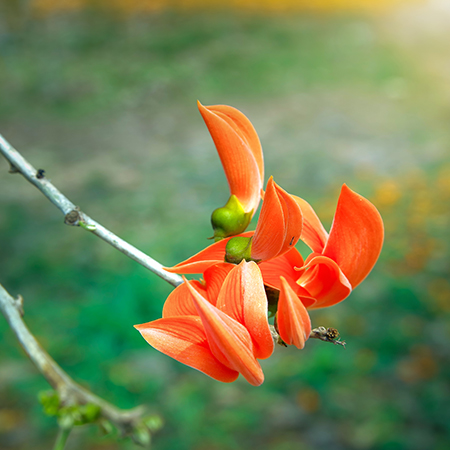
Palasha
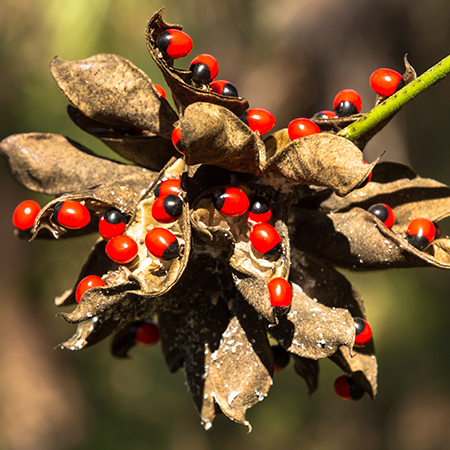
Ratti
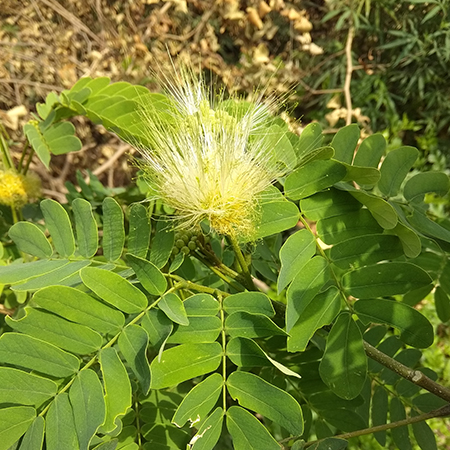
Shirish Plant
A deciduous erect spreading tree commonly growing at road side throughout India from the plains upto 900 m in Himalaya. Bark of the tree is used for various ailments in Ayurveda.
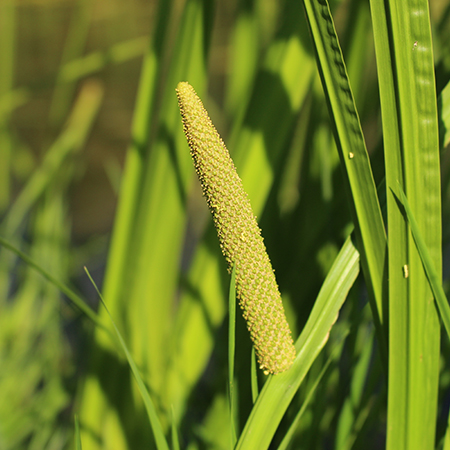
Bach Plant
